Decentralized finance (DeFi) is a system of peer-to-peer (P2P) financial services that utilize cryptocurrency via blockchain technology for trading between people, businesses and entities. The core mechanism behind DeFi lies in its decentralization where you can access top-quality services and products without the involvement of third parties such as banks.
Furthermore, DeFi creates an open ecosystem that ensures transparency, efficiency, security, and immutability on all transactions on the blockchain. DeFi has grown parabolically without any end in sight, due to its features like stablecoins, dApps, yield farming, etc.
DeFi is seen as the present and future of technology, and as such is prone to evolution. In this article, we consider six major DeFi trends transforming the financial landscape. Come along!
Trend 1: Layer-2 Solutions
The emergence of Layer 2 protocols is one significant advancement shaping the DeFi ecosystem. As an avid user of a DeFi platform, you may have encountered slow transaction times and high gas fees. However, Layer-2 solutions offer quicker and more efficient transactions at low costs.
At its core, a Layer-2 protocol operates a separate network built on the main blockchain (which we call Layer-1). Think of the main blockchain as a busy highway clogged with traffic during rush hour. Layer-2 is a bypass lane that allows vehicles to ply for quicker commutes.
Therefore, this secondary network acts as a processing layer that helps the mainnet handle a significant portion of the transaction workload. These transactions are processed off-chain, which now significantly reduces the strain on the main blockchain. Interestingly, the record is shown on the Layer-1 blockchain when the transactions are completed. This ensures the security and immutability of crypto operations.

Some Layer-2 solutions that operate alongside main blockchains include:
- Polygon: This sidechain based on the Ethereum network boasts fast transaction speeds and low fees. It is a popular choice among newer DeFi applications and the deployment of altcoins.
- Mantle: This is a layer-2 solution built to improve Ethereum’s scalability, and offers speed, efficiency and low-cost transactions.
- Arbitrum: This is another layer-2 solution of Ethereum, which offers high security and a familiar environment for developers.
According to recent data, layer-2 tokens have hit a market cap of over $8 billion. Their increase in popularity is instrumental in DeFi’s widespread adoption, as they offer these few benefits:
- Increased Throughput: By offloading transactions, layer-2 solutions increase the number of transactions a blockchain network can handle per second. This translates to faster processing times for DeFi applications.
- Reduced Transaction Fees: Heavy congestion on Layer-1 networks often leads to exorbitant chain fees. Thankfully, as Layer-2 solutions alleviate this pressure, users can conduct DeFi activities at the lowest cost possible.
- Enhanced User Experience: Users can enjoy smoother trading experiences on DeFi platforms, in addition to transaction throughputs and reduced fees. This solution is especially needed as the crypto community continues to attract new users.
Of course, some Layer-2 solutions are not perfect. While they offer the above perks, they may inherit certain security risks from the main network.
Thus, individuals should stick with top blockchains and explore the security model of their secondary networks before engaging. As DeFi continues to evolve, this trend will play a key role in upscaling the ecosystem and unlocking its full potential.
Related: Web3 Blockchain: Layer 1 & Layer 2 Scaling Solutions
Related: Top 7 Layer 2 Coins and Tokens to Keep an Eye on
Trend 2: Cross-chain Bridges
The inception of cryptocurrency has led to hundreds of blockchains, each with its strengths and downsides. It’s similar to having different bank accounts with various financial institutions. Now, being able to move your funds from one account to another is how cross-chain bridges work in Web 3.0.
Users can utilize cross-chain bridges to transfer crypto assets between blockchains, thus enhancing easy interoperability. This trend is pretty beneficial when dealing with layer-2 networks. But why is crypto bridge a significant trend?
As highlighted earlier, blockchains like Ethereum may become slow and expensive for everyday transactions. These secondary networks offer faster and cheaper transactions for the average user to transact more frequently. That is when the magic of crypto bridges happens.
For example, you are trying to transfer ERC-20 tokens on the Ethereum network but encounter very high fees. With a crypto bridge, you can transfer all your assets to the side chain of Ethereum, such as Polygon, for inexpensive and seamless trading.
Beyond connecting Layer-2 networks, crypto bridges enable seamless token swaps across various DeFi protocols. It’s like using the Zypto App to manage multiple crypto assets on a smartphone. As such, crypto bridges cut off the need to navigate numerous interfaces and simplify the DeFi ecosystem’s swapping processes.
Here are a few perks to this emerging trend:
- Increased Liquidity: Users who move assets between blockchains create a larger liquidity pool. This benefits the users as well as DeFi protocols.
- Access to DeFi services: Users can explore other DeFi apps or services like lending or staking, unlocking innovation in the DeFi space.
Crypto bridges are becoming popular tools in Web 3.0. They continue to increase interoperability between blockchains and foster a more interconnected landscape in decentralized finance.
Related: Understanding Cross-Chain Bridges in the Crypto Ecosystem

Trend 3: Liquid Staking protocols
Typically, traditional staking is a process where users earn rewards by investing their tokens in wallets to help maintain the operations of a Proof of Stake (PoS) blockchain. But there is a newer form of staking called “liquid staking.”
Liquid staking is a mechanism wherein users can stake their assets, yet maintain their liquidity. It is achieved by issuing liquid staking tokens (LSTs) to stand in as derivatives of the staked assets, and aims to increase flexibility while reducing opportunity cost.
Basically, you deposit your crypto assets into a liquid staking protocol, which then stakes them on your behalf. Eventually you get tokenized versions of your assets which can be used as collateral in lending protocols, for staking, or for trading.
Some top liquid staking projects include:
- Lido Finance: Lido is the leading liquid staking solution which enables you to stake ETH while receiving a liquid staked token called “stETH.”
- EigenLayer: EigenLayer is a decentralized protocol on Ethereum that utilizes staking, where users deposit staked Ethereum (stETH) into the protocol’s liquidity pools.
- Solayer: Solayer allows you to restake their SOL tokens or LSTs for enhancing the performance of dApps.
Some top liquid staking projects include:
- Unlocked liquidity: LSTs unlock the value that staked tokens hold and enable them to be traded or used as collateral.
- Reward opportunities: Users are empowered to continue receiving rewards while earning additional yield across multiple DeFi protocols.
- Flexibility in DeFi : Staked assets can be used across the DeFi ecosystem in different protocols, such as lending pools and prediction markets.
Trend 4: The Emergence of DePINs – Decentralized Physical Infrastructure Networks
DePINs are among the hippest trends in the whole Decentralized Finance ecosystem. They aim to transform physical infrastructure creation, management, and operation. Sounds cool, right?
Imagine a situation where data centers, electrical grids and wireless networks are built and maintained in a decentralized manner and are powered by the combined efforts of individuals. That’s what DePINs bring to the table.
By participating in decentralized physical infrastructure networks, users can contribute resources, share control and earn DePIN tokens. These tokens signify ownership and are easily traded for value in the DePIN ecosystem.
In addition, this trend leverages the power of smart contracts and the Internet of Things (IoT) to create a network of intelligent infrastructure. This automation enables DePINs to adapt to changing demands and optimize resource allocation for a more efficient infrastructure landscape. This trend offers several practical benefits:
- It bridges the digital divide: In areas lacking access to traditional internet infrastructure, DePINs can incentivize residents to share their unused bandwidth. This creates an internet network powered by the community, bridges the digital divide, and empowers local economies.
- It creates smart energy grids: DePINs can be used to build power grids that harness renewable energy sources like solar and wind. Smart contracts can manage energy distribution based on real-time user demand. This reduces the reliance on traditional power plants.
- It revolutionizes transportation: DePINs can play a role in the future of transportation by facilitating the development of electric vehicle charging networks. Individuals with solar panels at home, for example, can contribute excess energy to a DePIN-powered charging network. Thus, they promote sustainable transportation options while getting incentivized by a DePIN platform.
Despite the practical applications, DePINs are still nascent. Yet, their potential to revolutionize infrastructure development and management is undeniable. As the technology matures, DePINs can reshape the way we build and interact with the physical world.
Related: Decentralized Physical Infrastructure Networks (DePIN)
Related: Understanding DePIN and Its Role in the Web3 Revolution

Trend 5: The Rise of Decentralized Exchanges (DEXs) or Automated Market Makers (AMM)
As DeFi grows, there will always be a need to ensure efficiency while maintaining decentralization. Centralized exchanges (CEXs), such as Coinbase or Binance, have amazing trading speed and ease of use. At the same time, they come with a single point of control. This is where decentralized exchanges step in.
Decentralized exchanges (DEXs) are peer-to-peer (P2P) marketplaces that enable exclusive crypto transactions between crypto traders. DEXs operate without any central controlling authority, such as banks, brokers or payment processors. DEXs operate like smart contracts with liquidity pools to facilitate trades.
However, the challenge really comes up when these transactions are to be done seamlessly and efficiently in a distributed environment. That’s precisely where Automated Market Makers (AMM) come into play.
An AMM can be considered a type of “liquidity engine” for a DEX platform. It creates a liquidity pool for traders – then uses algorithms to set token prices – rather than simply matching buyers to sellers through an order book. Crypto holders can deposit their assets in the pools to earn interest. Traders can take advantage of the availability of liquidity to conduct trades.
Benefits of having AMMs on a decentralized platform include:
- Better liquidity: AMMs greatly contribute to boosting liquidity problems arising in DEXs. As they incentivize users to provide assets, traders have continuous inflows at their disposal.
- Improved efficiency: AMMs bring more efficiency to the market by totally eliminating middlemen. Thus, there is reduced time taken to execute trades and amount charged to the end-user.
- Enhanced security: Liquidity pools are managed through pre-programmed algorithms, which guarantees the absence of human errors or manipulations and makes trading more secure.
If there’s a success story at the moment, it’s DEXs and AMMs. It definitely attests to their potential to deliver an alternative that would easily overshadow traditional centralized exchanges. This duo is set to continue fueling the DeFi ecosystem’s growth.
Related: Automated Market Makers in Decentralized Trading
Trend 6: Blockchain Gaming
The demand for an active global blockchain gaming industry keeps increasing, as the current one is projected to grow beyond $600 billion by 2030 according to this report. Due to the integration of blockchain gaming with DeFi, players can receive GameFi tokens when they complete in-game tasks.
In 2019, Ubisoft developed the first blockchain video game, HashCraft, and has rolled out more immersive titles. Also, gaming platforms like BitSport allow crypto holders to participate in professional gaming and stake their tokens. This development opens avenues to earning interest on staked tokens or even a share of the gamer’s winnings.
The convergence of blockchain gaming and DeFi presents a multi-billion-dollar opportunity. We expect to see more groundbreaking gaming experiences that empower players and unleash developers’ creativity.
Benefits of blockchain gaming include:
- Play-to-earn model: With blockchain gaming, users don’t just play games, but end up earning in-game assets, unlike traditional gaming where they only spend their time and funds.
- Innovative revenue source: Blockchain gaming provides multiple revenue sources such as lending, borrowing, and staking of in-game assets.
- Ensuring ownership: DeFi empowers gamers with complete ownership of their in-game assets fostering a mutually beneficial trading ecosystem.
Related: The Ultimate Guide to Blockchain Gaming
Conclusion
DeFi has introduced numerous trends into the financial space to enhance innovation and earning opportunities for users. This guide has revealed fantastic trends, from crypto bridges to Blockchain gaming.
Notably, Zypto stands at the forefront of DeFi innovations with the Zypto Crypto App, crypto payment gateway for businesses, full range of white label crypto products and much, much more.
Check Zypto.com for more exploration of Zypto’s suite of crypto products and solutions for businesses and individuals.

FAQs
What are the top DeFi projects?
Some of the top DeFi projects include Uniswap (decentralized exchange), Aave (lending platform), Compound (lending and borrowing), MakerDAO (stablecoin issuance and lending), and Curve Finance (stablecoin trading).
These projects are known for their innovative approaches to decentralized finance and significant user bases.
Which blockchain is best for DeFi?
Ethereum is currently the most popular blockchain for DeFi due to its extensive ecosystem, smart contract capabilities, and large developer community.
However, other blockchains like Binance Smart Chain, Solana, and Polygon are also gaining traction due to lower fees and faster transaction times.
What is DeFi trends?
Current DeFi trends include the rise of decentralized exchanges (DEXs), yield farming, staking, and liquidity mining. There’s also growing interest in cross-chain interoperability, layer-2 scaling solutions, and decentralized insurance.
Another emerging trend is the integration of traditional finance with DeFi through tokenized real-world assets.
How do you make the most money on DeFi?
To maximize earnings in DeFi, users can engage in yield farming, staking, providing liquidity to decentralized exchanges, and participating in governance token airdrops.
It’s crucial to conduct thorough research and manage risks, as DeFi investments can be highly volatile and involve smart contract vulnerabilities. Diversifying investments and keeping up with the latest developments can also help in making informed decisions.






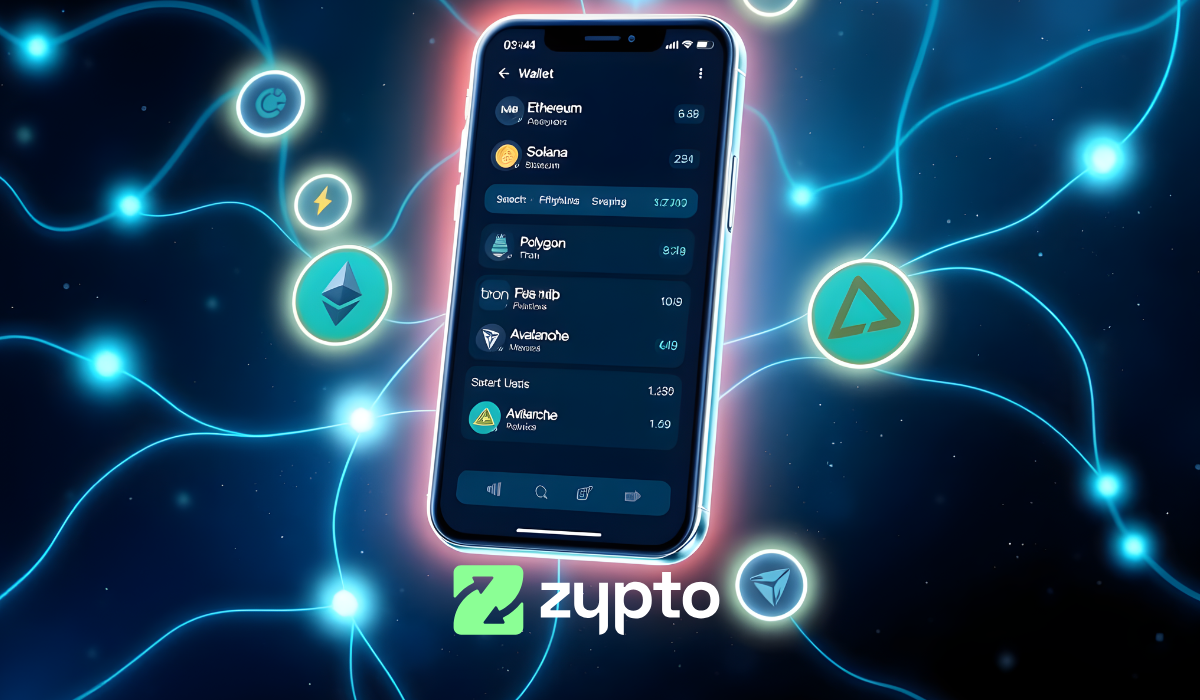

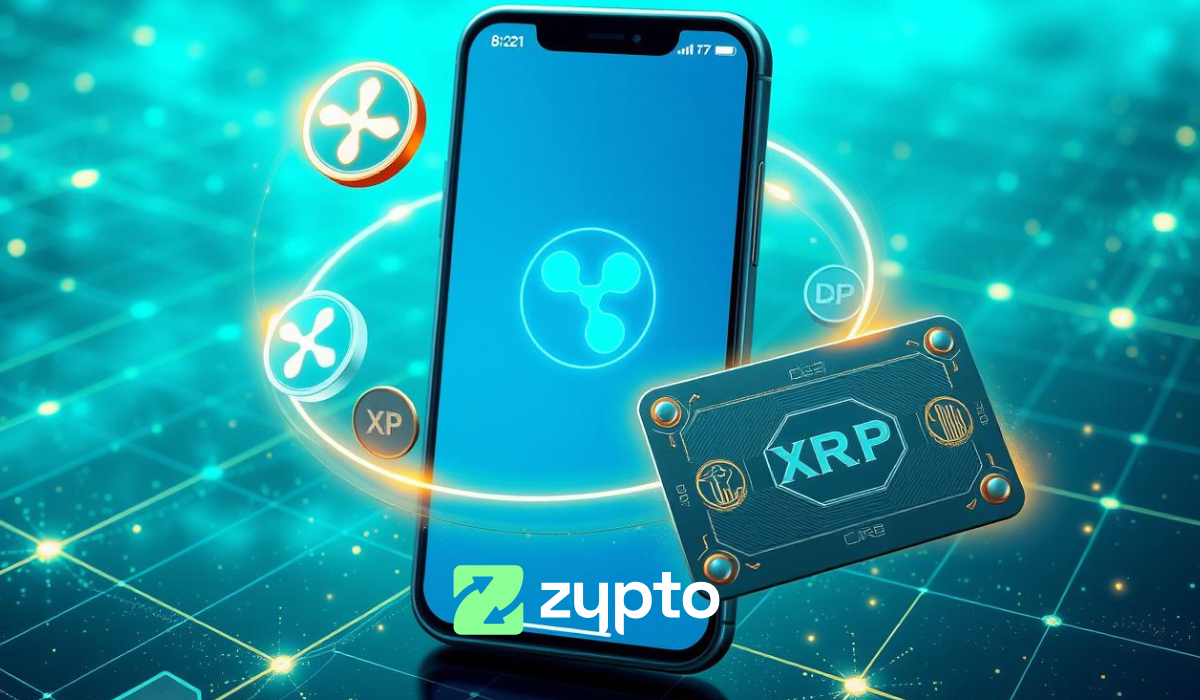
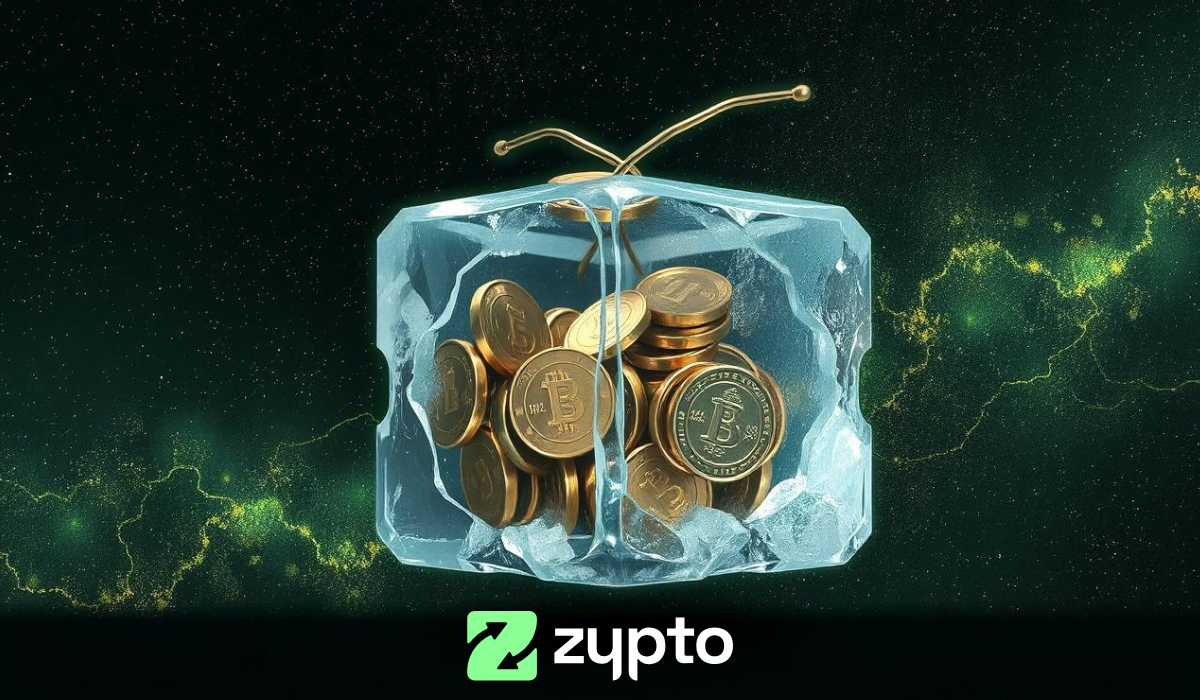





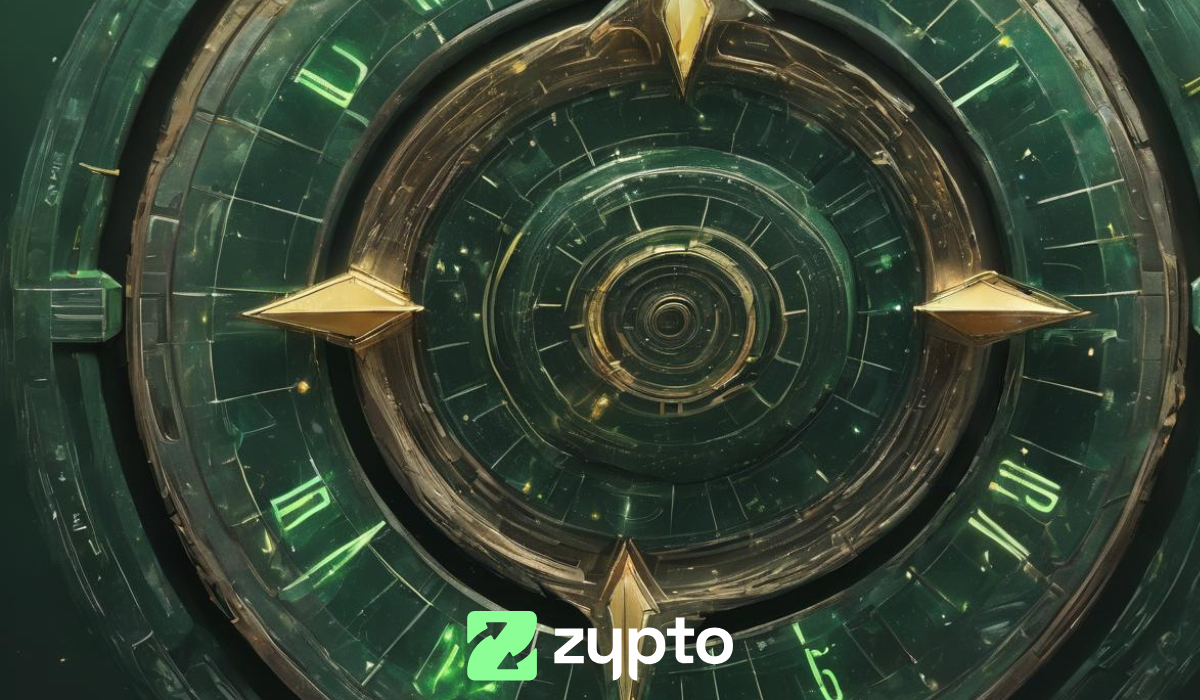








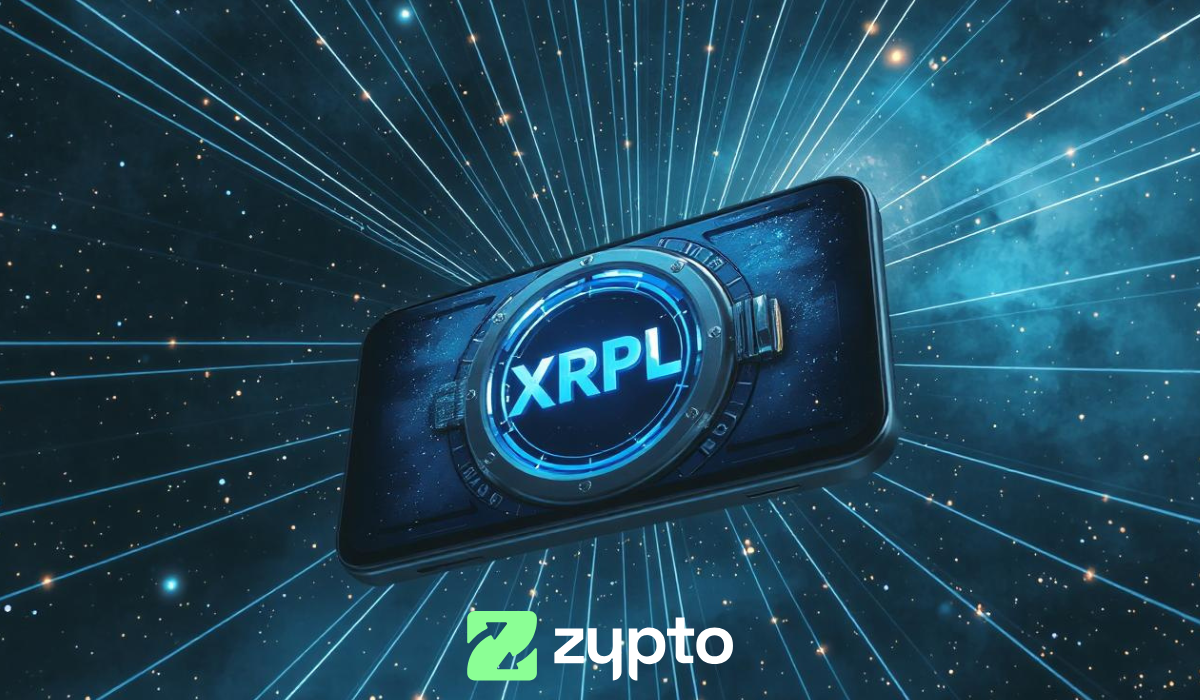




0 Comments